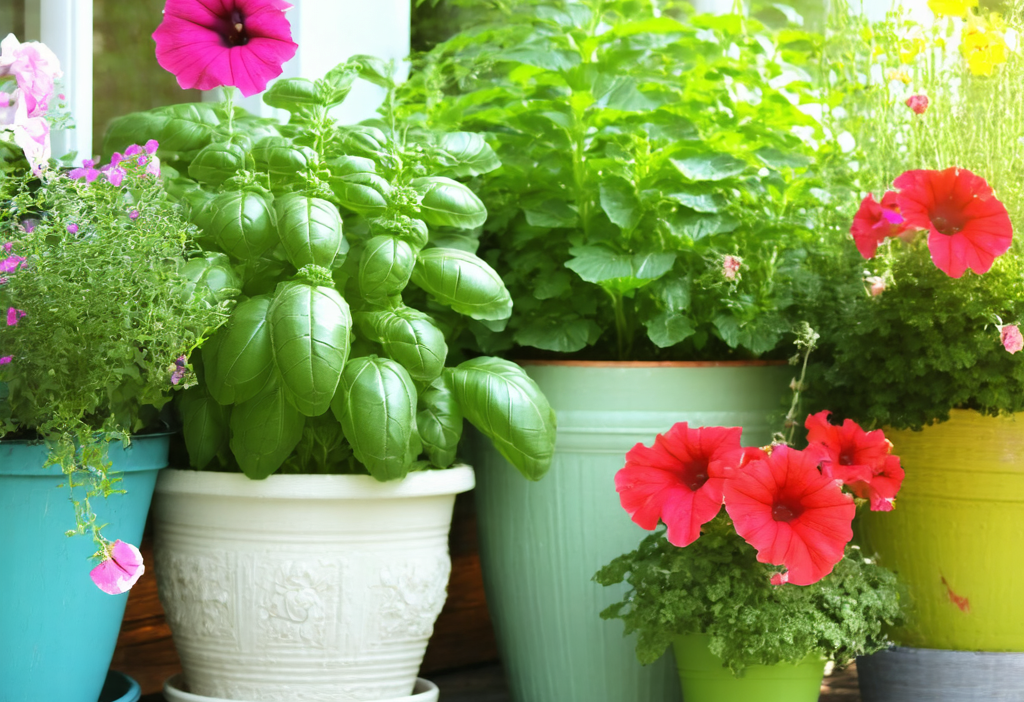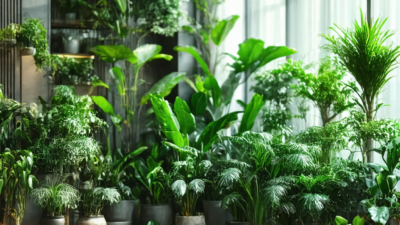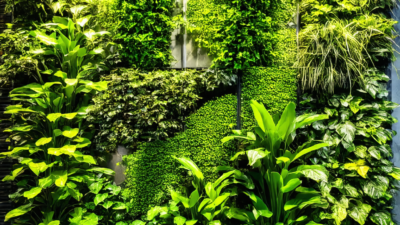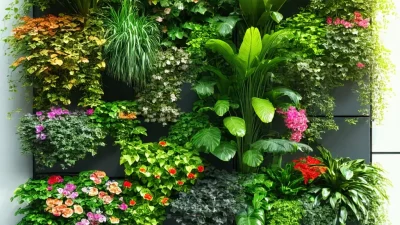Container Gardening: A Fun and Rewarding Hobby for All Skill Levels
Gardening doesn’t always require a spacious backyard. With container gardening, you can grow herbs, vegetables, and flowers in pots, buckets, or hanging baskets—anywhere there’s sunlight! This versatile method is perfect for urban dwellers, renters, or anyone with limited space. Plus, it’s a great way to add pops of color and fresh ingredients to your life.
Why Choose Container Gardening?
Container gardening offers flexibility and creativity. You can:
- Garden year-round by moving containers indoors during cold weather
- Choose from a wide variety of plants, including annuals, perennials, herbs, and vegetables
- Enhance your outdoor or indoor spaces with beautiful arrangements
- Educate yourself about plant care and sustainable practices
Picking the Right Containers
Containers come in all shapes, sizes, and materials. Consider these factors:
- Material: terra cotta, plastic, ceramic, or metal
- Drainage: ensure pots have drainage holes to prevent root rot
- Size: larger containers are better for deep-rooted plants like tomatoes
Choosing the Best Soil
Potting soil is essential for container gardening. Avoid using garden soil, as it can be too heavy and compact. Look for:
- Well-draining: mixes designed for containers
- Organic matter: compost or worm castings for nutrients
- Potting mix: includes perlite or vermiculite for aeration
Selecting Plants for Your Containers
Some plants thrive in containers, while others prefer the ground. Popular choices include:
- Herbs: basil, parsley, rosemary
- Fruits and veggies: cherry tomatoes, peppers, strawberries
- Flowers: petunias, marigolds, pansies
Consider plant compatibility—make sure they have similar sunlight and watering needs. For example, pair drought-tolerant herbs like thyme with succulents in a dry garden.
Lighting and Placement
Most plants need at least 6 hours of sunlight daily. Place containers:
- In sunny spots for sun-loving plants
- In shaded areas for low-light varieties
- On wheels or stands for easy movement
Watering and Fertilizing
Overwatering is a common mistake. Check soil moisture by sticking your finger into the top inch. Water thoroughly until it drains out the bottom, then let it dry slightly before watering again. Use a balanced liquid fertilizer every 2 weeks or mix slow-release granules into potting soil.
Tips for Success
Here are some final tips:
- Start small with easy plants like succulents or herbs
- Rotate pots to ensure even sun exposure
- Mix plant types for visual interest and functionality
- Pest-proof by using natural repellents like neem oil
Container gardening is a fulfilling way to connect with nature, no matter your living situation. Whether you’re growing food or just enjoying the beauty of plants, it’s a rewarding hobby that brings life and color into any space!





